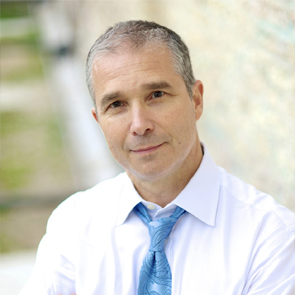Understanding how toxic mold forms and the medical problems commonly associated with exposure to this dangerous substance can help individuals protect their health and their rights. Since toxic mold poses serious health risks to people, companies can be held responsible when their actions result in toxic exposure to others.
How Toxic Mold Forms
While most forms of mold are harmless, exposure to toxic mold can be very dangerous for humans. This type of mold forms when water leaks, flooding or poor humidity control creates an environment that causes extra moisture where mold can develop.
When toxic mold is found, professionals must thoroughly remove it to prevent spores from becoming airborne. Companies must also make repairs to the structure to prevent leaks and control humidity. When toxic mold is not completely removed or is removed in an improper manner, the risk for exposure remains. Construction workers may develop medical problems due to their exposure to mold. Residents or customers may also develop illness because of toxic exposure.
Health Consequences of Mold
Toxic Mold Syndrome defines illnesses that arise from exposure to certain types of mold. These types of mold produce a fungi called mycotoxin that can result in serious health problems. Mold spores are released into the air and might be inhaled. Symptoms of toxic exposure include:
- Irritation to the nose and throat
- Fever with or without accompanying aches
- Burning or watery eyes
- Dizziness
- Nausea
- Shortness of breath and lung congestion
Other symptoms associated with mold exposure include allergic reactions, asthma flareups, and other respiratory problems. Individuals with weaker immune systems are more susceptible to the dangers of toxic mold. People with allergies or respiratory conditions may experience more pronounced symptoms. Likewise, children and the elderly may be more vulnerable.
Establishing a Toxic Mold Case
Individuals who believe that they have been exposed to toxic mold may pursue a claim with a knowledgeable personal injury lawyer to recover compensation for the damages they have sustained. To prevail, the victim must establish that the defendant was negligent in failing to prevent the mold from forming or in removing it, and as a result, the victim suffered a serious illness or disability due to exposure to the mold.



